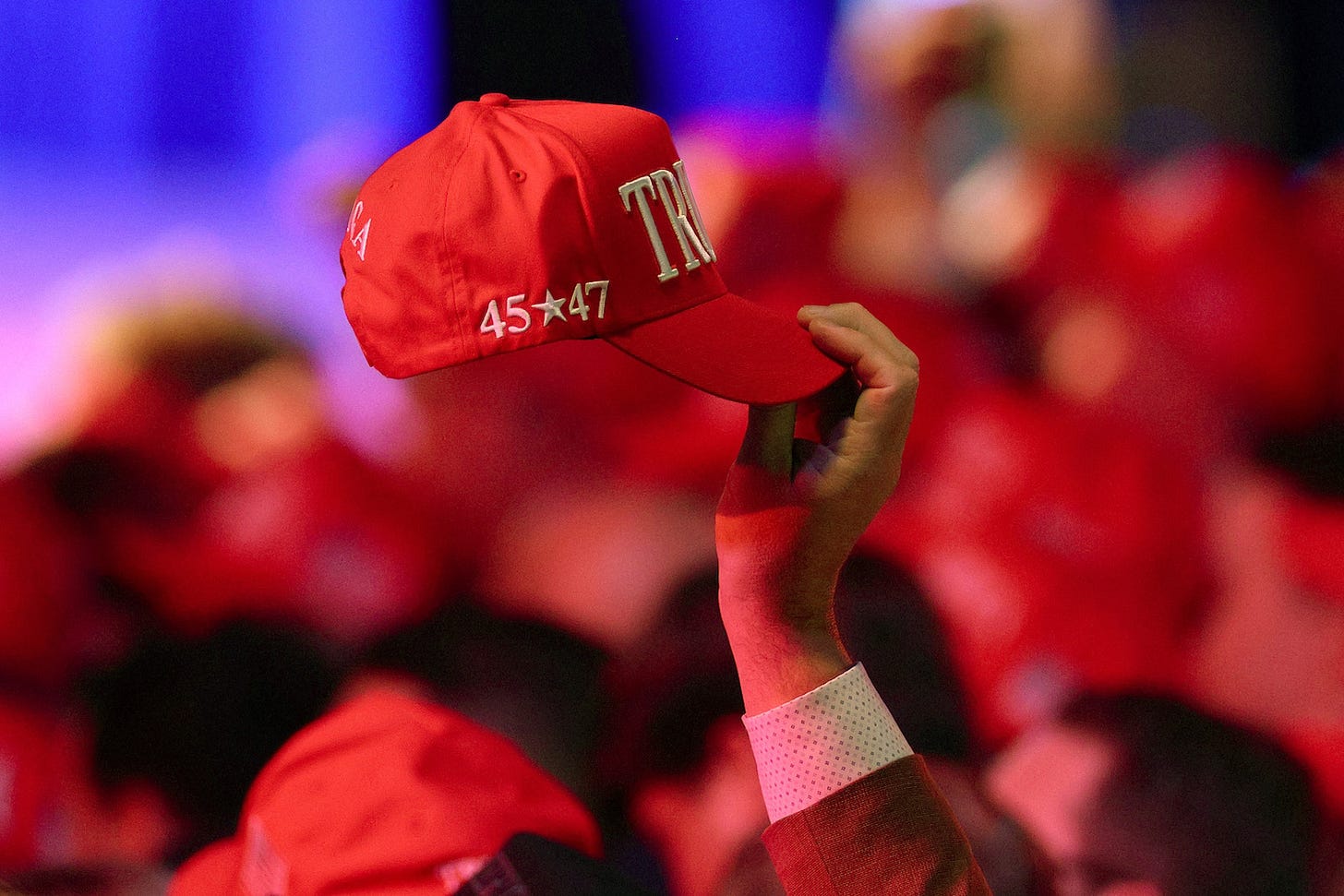1.5C is dead. The climate fight isn’t.
Trump’s re-election is “the final nail in the coffin” for the Paris Agreement's North Star goal, nine experts told HEATED. But we can still limit the damage.

Now that Trump has been re-elected, the goal of preventing global temperatures from rising more than 1.5 degrees Celsius above pre-industrial levels is dead, nine climate scientists and policy experts told me this week.
“There’s virtually n…

